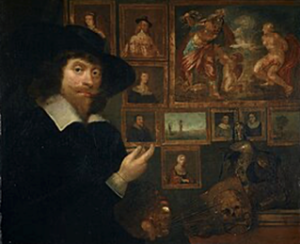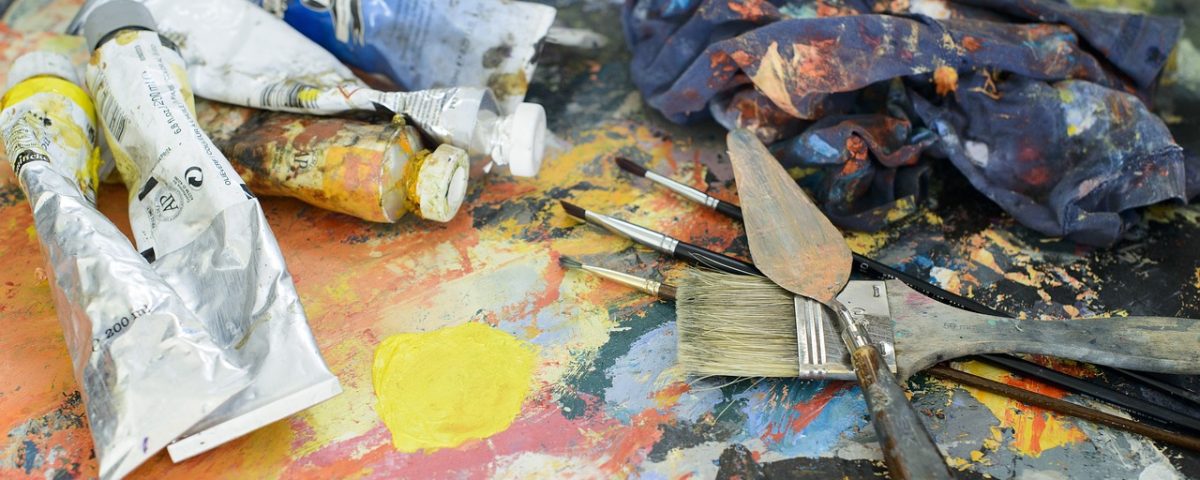 We really enjoy bringing you these blogs about famous people from Aberdeen and the north-east who (as if you needed reminding) demonstrate just how intelligent, influential and creative the people in this part of the world are – and have always been.
We really enjoy bringing you these blogs about famous people from Aberdeen and the north-east who (as if you needed reminding) demonstrate just how intelligent, influential and creative the people in this part of the world are – and have always been.
Today, we’re looking at Aberdeen’s George Jamesone (or Jameson – whose self-portrait is shown here), who was born c. 1587 and is regarded as Scotland’s first, celebrated portrait-painter. Jamesone, who had his studio in Schoolhill, painted the portraits of many prominent British nobles, most notably King Charles I.
Born near Schoolhill, the son of a local stonemason, he was educated at Aberdeen Grammar School and Marischal College before moving to Edinburgh, where he was an apprentice to his uncle, John Anderson, a well-known decorative painter.
There is a legend that Jamesone subsequently studied under Rubens in Antwerp with Van Dyck, but as his name isn’t on the Guild registers of the town that may be just a good story. However, it is also known that Rubens did not have to register his pupils, so it is possible that Jamesone did, in fact, study there.
Returning to Aberdeen in 1620, Jamesone rose to prominence after he was commissioned to paint portraits of all Scotland’s past kings for a highly elaborate triumphal arch to be erected in Edinburgh to celebrate the royal visit of Charles I. As part of this project, he also painted the King, from whom he received a ring in thanks for this work.
Royal favour led to many subsequent requests for portraiture from the Scottish nobility. To enable him to meet these commissions, Jamesone had two studios: his home base in Schoolhill and on the Royal Mile in Edinburgh, next to John Knox’s house.
George Jamesone died in Edinburgh in 1644 and is buried in Greyfriars Kirkyard in the city centre. He has several children with his young Aberdonian wife Isabella Tosche, but, as was often the case in those days, only one (his youngest daughter, Mary) lived to adulthood. Mary Jamesone inherited her father’s creative ability and was highly skilled in needlework. The connection with Aberdeen continues to this day: four of her scenes from the Old Testament and Apocrypha can be seen in St Nicholas Kirk, opposite the place where her father had his studio.
Julie Skinner, Resourcing and Benefits Specialist, RGU

